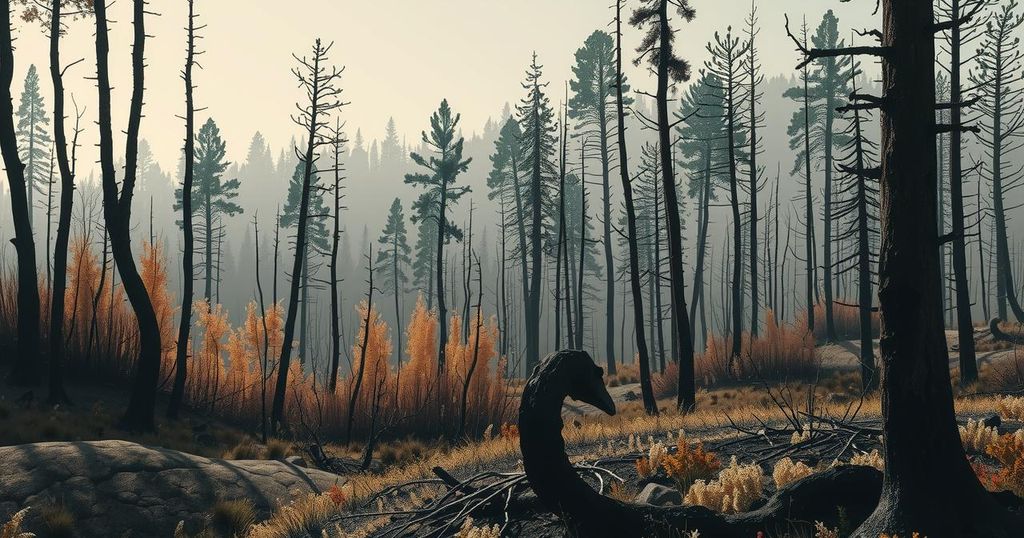Fires Ravage Brasilia National Forest Region, Sparking Calls for Action
The Brasilia National Forest region in Brazil has suffered extensive damage due to recent wildfires. Environmentalists are calling for increased governmental action to prevent future occurrences. Meanwhile, local communities are engaging in reforestation efforts and advocacy for heightened awareness regarding fire prevention.
Recent reports have unveiled the extensive damage caused by fires in the Brasilia National Forest region of Brazil. The fires have ravaged substantial areas, raising concerns regarding the environmental impact and the safety of the ecosystem. Environmentalists are particularly worried about the species that inhabit the forest, as the flames have reportedly altered habitats drastically. Authorities are scrambling to assess the aftermath and implement strategies for recovery and prevention of future fires.
The alarming situation has prompted calls for immediate action from various organizations. Numerous NGOs are urging the Brazilian government to enhance firefighting resources and enforce stricter land management policies. In addition, local communities are also rallying to support reforestation efforts, aiming to restore the damaged landscapes. Given the precarious state of biodiversity in these areas, timely intervention is crucial.
Despite the challenges, there has been a significant outcry for increased awareness about the environmental issues surrounding the forest fires. Advocacy groups are pushing for educational campaigns to inform the public about fire prevention and similar environmental threats. With consistent support and strict management practices, there is hope for the long-term recovery of the Brasilia National Forest region.
In conclusion, the forest fires plaguing the Brasilia National Forest region of Brazil have sparked significant concern among environmentalists and local communities. With extensive damage reported, actions are being demanded to enhance firefighting capabilities and implement preventative measures. Heightened awareness and community support for conservation initiatives are essential to restore the affected areas and protect their rich biodiversity moving forward.
Original Source: www.islandernews.com




Post Comment